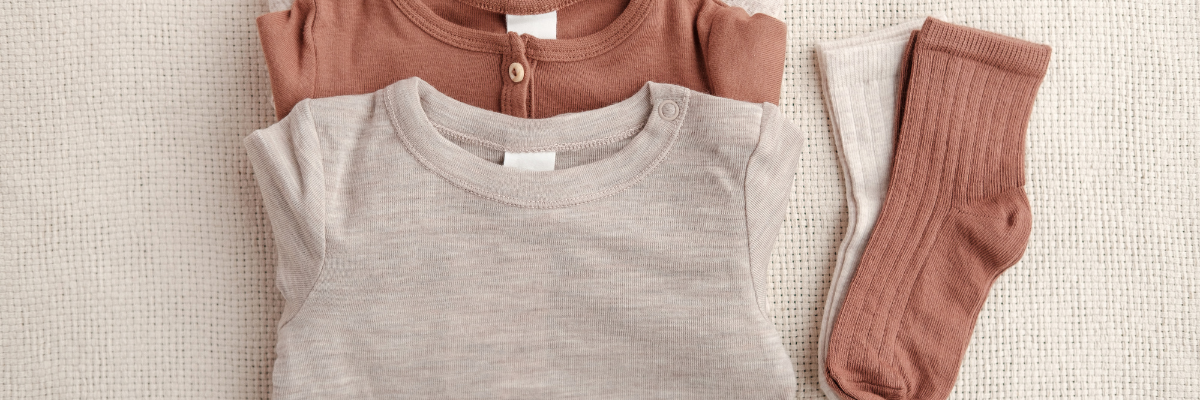Fun Fall Activities to Promote Speech and Language Skills at Home
As the leaves change color and cooler weather arrives, we eagerly anticipate the transition to fall. With the changing of the seasons, there are new opportunities to target speech and language skills using fall-themed activities.
Boost Speech and Language Skills with a Fall Nature Walk!
Choose your outdoor location, whether it be a backyard, park, or nature trail. Before you go outside, brainstorm a list of items that you hope to see or collect once you find them! Some ideas include: a rock, a yellow leaf, a red leaf, a twig, acorn, bird, pinecone, etc. As you walk, describe what you see, feel, and hear to provide your kids with models of descriptive words. As you discover items on your list, describe the location where you found it! For example, “I found a small, yellow leaf on the rock” or “there’s a pinecone under the tree!” This activity is an exciting and motivating way to encourage descriptive language and multi-word utterances. Once you’ve collected all your items, you can put them all in a bin/bowl to make a fall-themed sensory bin. Your kids can enjoy their discoveries again and have more opportunities to engage with fall-themed vocabulary.
Use Fall-Themed Books to Enrich Speech and Language Skills
Your local, public library is likely stocked with many seasonal books to enjoy this time of year! Fall-themed books are great for exposing kids to relevant vocabulary. Reading to and with your child is a great way to provide meaningful language exposure, which cultivates strong language skills. Reading promotes comprehension of language and gives children great examples of vocabulary and grammar! If your child is working on specific speech sounds, chances are there are words in the book containing their sounds that can be practiced while you read! Some favorite fall-themed books are listed below.
Red Leaf, Yellow Leaf by Lois Ehlert
There Was An Old Lady Who Swallowed Some Leaves by Lucille Colandro
Goodbye Summer, Hello Autumn by Kenard Park
When the Leaf Blew In by Steve Metzger
Fletcher and the Falling Leaves by Julia Rawlinson
We’re Going on a Leaf Hunt by Steve Metzger
Play Games that Promote Speech and Language Skills
Grab a game and play together! Playing a game is a great way to encourage social language skills such as turn-taking, perspective-taking, and interpreting nonverbal communication. They also provide practice following directions. There are many great toys and games that incorporate fall-themed vocabulary. Check out the links below for some ideas!
Sneaky, Snacky Squirrel Board Game
Speech and language skills can be targeted in any context and with any materials! We hope these ideas encourage you and your family to enjoy the beauty of this fall season.
How Carolina Therapy Connection Supports Speech and Language Skill Development?
Do you have concerns or questions regarding your child’s communication skills or play skills? A Speech-Language Pathologist can help support your child’s speech, languagehttps://www.understood.org/, and play skills, and provide parent education that empowers you to support their communication development!
By: Laura McCall, M.S., CCC-SLP





